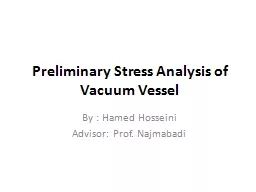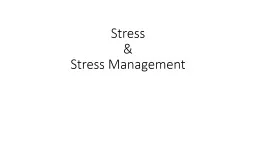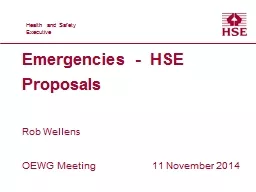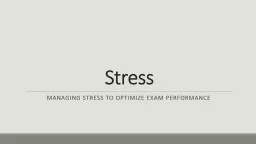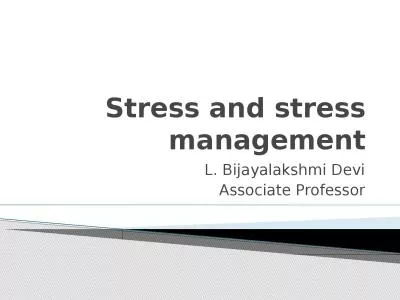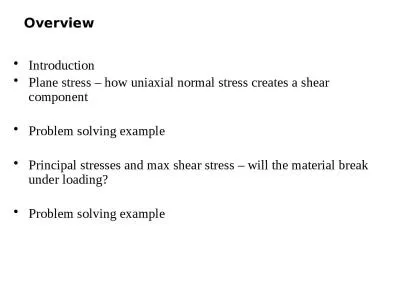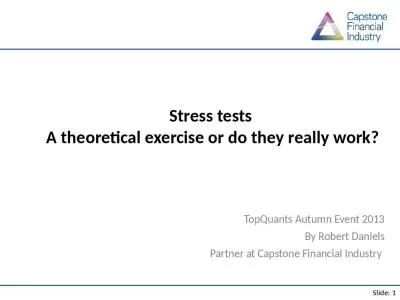PPT-Preliminary Stress
Author : alida-meadow | Published Date : 2017-05-06
Analysis of Vacuum Vessel By Hamed Hosseini Advisor Prof Najmabadi Introduction amp Motivation Vacuum Vessel Vacuum Vessel provides high level vacuum environment
Presentation Embed Code
Download Presentation
Download Presentation The PPT/PDF document "Preliminary Stress" is the property of its rightful owner. Permission is granted to download and print the materials on this website for personal, non-commercial use only, and to display it on your personal computer provided you do not modify the materials and that you retain all copyright notices contained in the materials. By downloading content from our website, you accept the terms of this agreement.
Preliminary Stress: Transcript
Download Rules Of Document
"Preliminary Stress"The content belongs to its owner. You may download and print it for personal use, without modification, and keep all copyright notices. By downloading, you agree to these terms.
Related Documents

